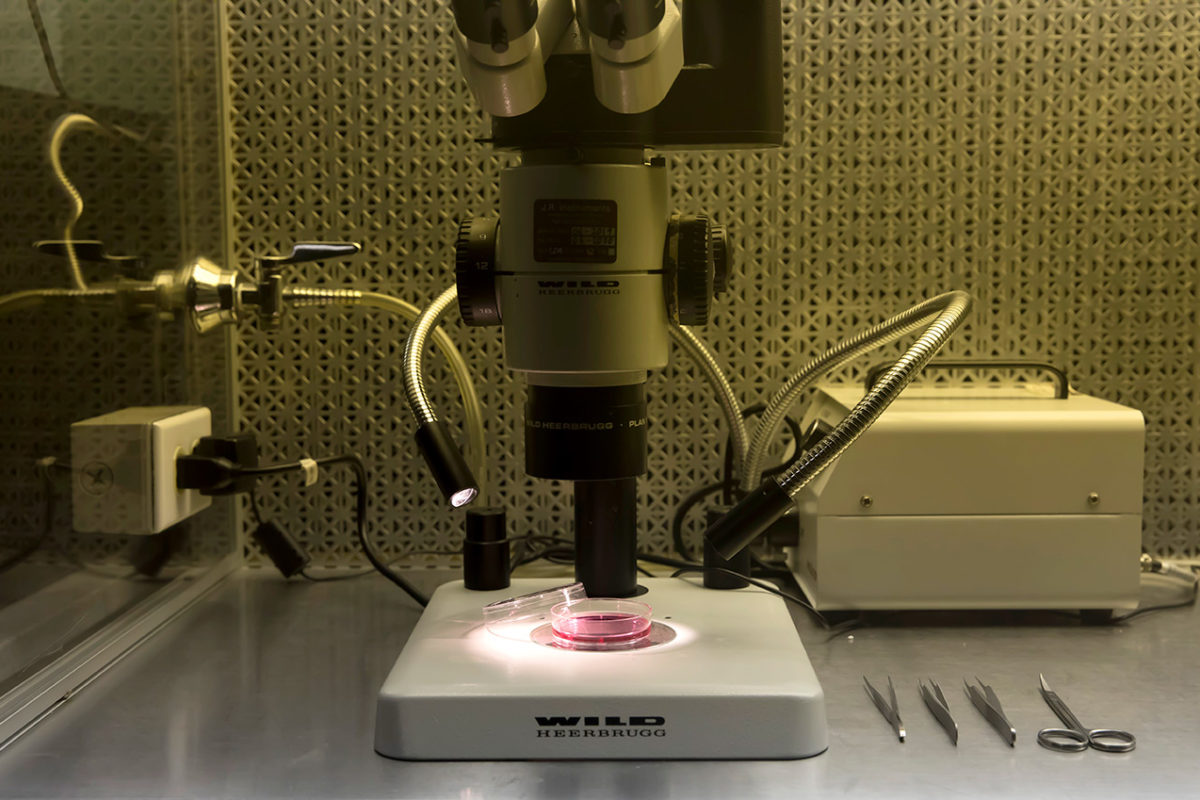
A long-held goal in dental research is to harness the power of stem cells to regenerate bone and dental tissue. But to do so, it’s important to fully understand the environment the stem cells inhabit.
A new study, titled “Runx2+ niche cells maintain incisor mesenchymal tissue homeostasis through IGF signaling,” published earlier this summer shows an important neighboring environment where stem cells reside. The work also shows how it may influence the cell fate decision of mesenchymal stem cells —important for making and repairing skeletal tissues, such as cartilage, bone and dental tissues.
Shuo Chen, a postdoctoral scholar/research associate at the Center for Craniofacial Molecular Biology, found that a particular kind of cell, dubbed Runx2, coordinates the transition from mesenchymal stem cell to transit amplifying cell, which is responsible for the bulk of tissue homeostasis, controlling the incisor growth rate in the mice he was studying. Importantly, he said, the research team found that Runx2 regulates many parts of the stem cell environment. The research was published in the journal Cell Reports earlier this summer.
Fueled by stem cells, rodent incisors never stop growing throughout the animal’s life, providing researchers fertile ground to study how stem cells work. This team of USC researchers used single-cell RNA sequencing and found that Runx2+ cells are strategically positioned to support the stem cell niche environment. In addition, the cells control how fast the mouse incisors grew. When the Runx2 gene was deleted, the mice developed shorter incisor teeth. All of the new findings add up to a broader knowledge of how the whole dental development and tissue homeostasis system functions.
“This knowledge is crucial for understanding the function of stem cells and forms the foundation for stem cell supported tissue regeneration,” said Associate Dean of Research Yang Chai PhD ’91, DDS ’96, who is also director of the Center for Craniofacial Molecular Biology at USC and a co-author of the paper.
Chen explained that one of the biggest challenges in the dental clinic is treating tooth injuries. “Stem cells may be a good choice for tooth regeneration in the future,” he said. “It is very important to get a better understanding of the biological behavior and niche environment of stem cells before we use them in the clinic.”
In the future, Chen and the team plan to keep investigating the niche, neighborhood environment of mesenchymal stem cells. They also plan to design a tooth injury model to test how well the Runx2 cells work during tooth regeneration. So far, niche cells for mesenchymal stem cells have yet to be well defined, Chen said, which inspires him to continue the work. “That is why I decided to be a scientist and focus on stem cell biology.”
Other participating USC authors include Junjun Jing, Yuan Yuan, Jifan Feng, Xia Han, Quan Wen, Thach-Vu Ho and Chelsea Lee.
